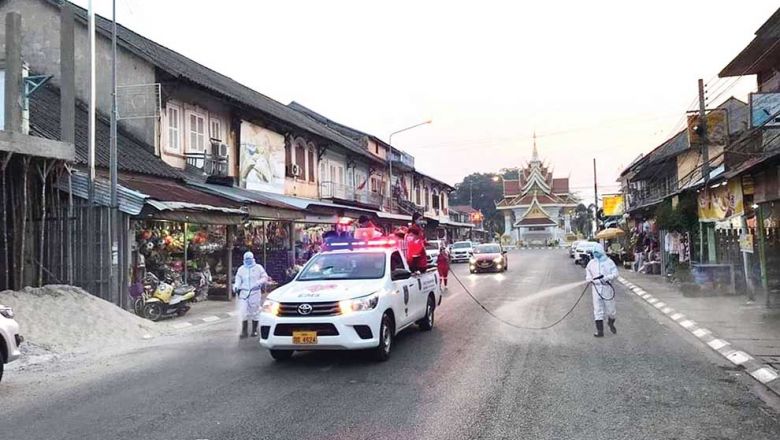Stakeholders discuss MAP diagnostic findings
Stakeholders discuss MAP diagnostic findings
Stakeholders from the public and private sectors met in Vientiane yesterday to discuss and share ideas on the findings of the making access to financial possible diagnosic (MAP Diagnostic) initiative.
The MAP Diagnostic Plenary Workshop was held yesterday, co-ch aired by the Bank of the Lao PDR's (BOL) Deputy Governor Mr Sonexay Sithphaxay, Australian Ambassador to Laos Mr John Williams and Director General of the Financial Institution Supervision Department, Dr Akhom Praseuth.
The Making access to Finance more Inclusive for Poor People (MAFIPP) is a joint United Nations Capital Development Fund (UNCDF) and United Nations Development Programme (UNDP) initiative.
It is supported by the government of Australia and implemented nationally by the Bank of the Lao PDR (BOL), aiming to improve access by poor rural households to a variety of financial services thus reducing poverty through improving rural household incomes.
The MAFIPP programme comprises various works and activities in relation to making access to finance possible and the accompanying diagnosis which covers assessment on the demand, supply and regulatory sides under Making Access to Finance Possible (MAP), which is one of the key and prioritised activities.
Quality assessment on the demand, supply and regulatory sides began in April 2015 by interviewing target groups on the demand side, while financial suppliers and government sectors have a role in the supervision and promotion of the financial sector, especially the commercial banks.
It does so by stressing that commercial banks should provide small and medium financial services, while also working with microfinance institutions, insurance and leasing companies, village funds and financial promotion projects.
The interview and information study was implemented among 76 sectors in Vientiane and the provinces of Oudomxay and Champassak.
Besides this, BOL has recently organised discussion sessions with key stakeholders in each sector, especially the commercial banks, leasing companies, microfinance institutions, and village funds.
The discussion sessions took place from September 8-11, aiming to ensure the findings will reflect reality and be suitable for the domestic situation in Laos.
Mr Sonexay said the objective of this meeting is to discuss a nd share ideas on the results of MAP diagnosis as well as the findings on the demand, supply and regulatory sides related to supply and access to financial services.
In addition to this, the participants will discuss the problems, challenges and opportunities that the working team encountered and diagnos ed so that the contents of the diagnosis can go into the preparation of a report reflecting the reality in the sector.
It will serve as a reference for both government and private sector stakeholders in making priorities and suitable policies for promoting access to financial services and supplying financial products to meet the demands of ordinary people, he added.














